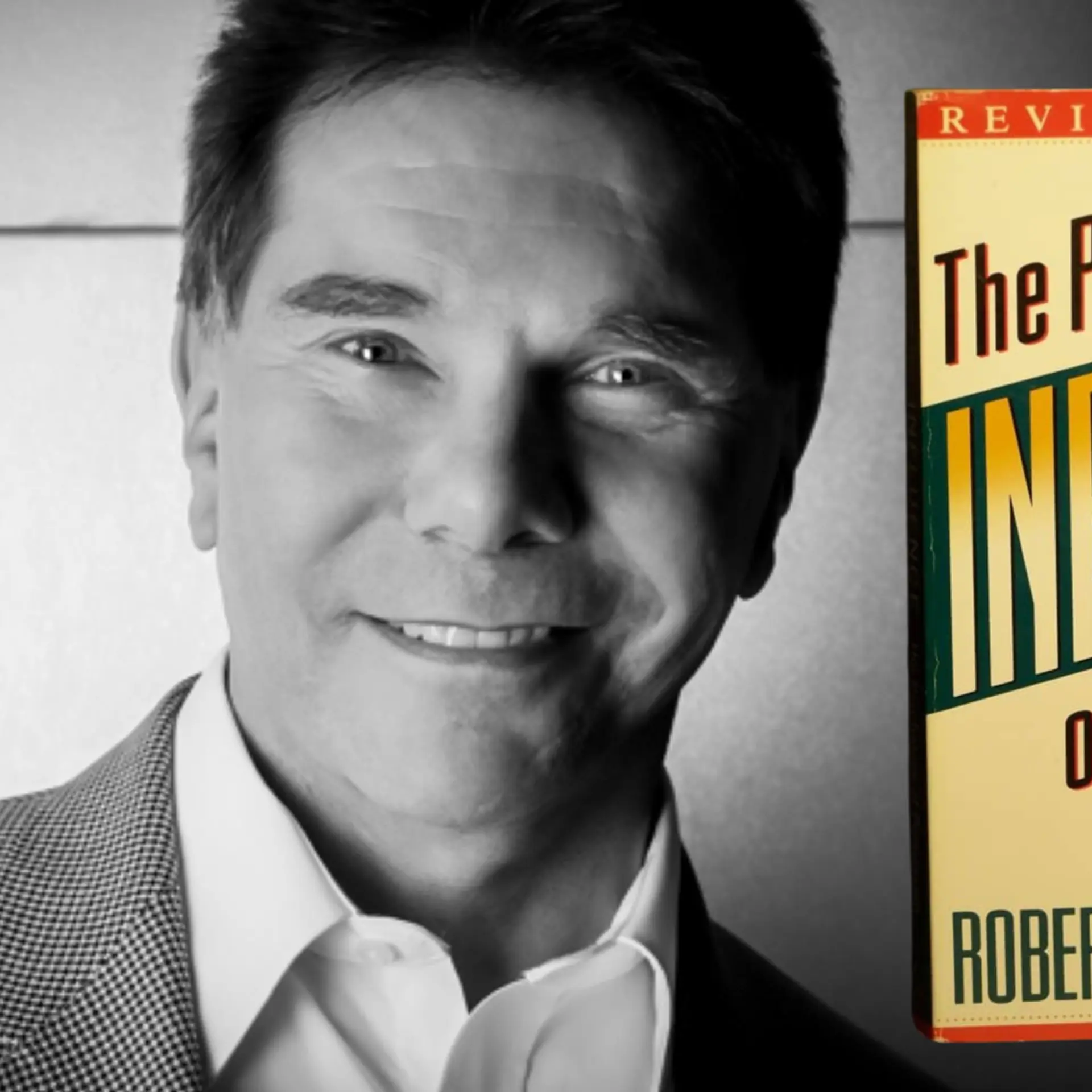How Gupshup pivoted from a mobile group messaging service to a conversational tech platform
The Turning Point is a series of short articles that focuses on the moment when an entrepreneur hit upon their winning idea. This week, we feature conversational tech unicorn Gupshup.
Conversational tech platform raised $100 million Series F round in April 2021 last year. What’s interesting about the fundraise was that apart from turning into a unicorn, this was its first funding in about 10 years. The company had raised its Series E round in 2011.
The startup raised an additional funding of $240 million in July 2021, followed by an acquisition spree. The San-Francisco, California-headquartered startup has acquired five startups since September 2021.
The company, now in its 18th year, was founded by Beerud Sheth and Rakesh Mathur in 2004. At the time, it was called Webaroo, an offline search engine.
When the idea didn’t work, the entrepreneurs pivoted the model around 2007-08. They wanted to leverage the power of the short messaging service (SMS) and rebranded the company as SMS Gupshup.
“At that time, the only way to reach mobile users was through SMS. But with SMS, the only thing you could do was send and receive text messages,” he tells YourStory.
The startups then created a consumer service that worked similar to Twitter, but through SMSes. Users could publish their thoughts like tweets, and others could follow them and receive messages.
The platform soon grew in popularity with 70 million users, far more than Facebook, which had about 8 million users in 2010.
In January same year, the startup raised $12 million in Series D round led by Globespan Capital Ventures. Next year, it raised $10 million in Series E round from Tenaya Capital and existing investors Globespan Capital Partners, Helion Ventures, and Charles River Ventures.
It was operating as a mobile group-SMS service company, and was subsidising all the traffic, paying for all the SMS.
“Initially we thought as the volume increases, the prices would go down. But that didn’t happen,” he said.
This became a problem.
“We were paying for all the messages, and we couldn’t continue doing that,” he says. They also couldn’t advertise.
“At that time, the realisation was that the technology is phenomenal. But the business model didn’t work,” he adds.
He decided to keep the technology, but pivot the model from business to consumer (B2C) to business to business (B2B).
Now, with an enterprise model, the next thing to change was the channel and format–because each message is just a plain text message, it was limiting.
“What if the message was clickable? What if you could make it interactive” he explains.
In 2013, the company rebranded itself to Gupshup Technologies to reflect this idea and launched its messenger app. “It didn’t succeed, but we experimented with a lot of ideas,” Beerud says.
Then, in 2016, Facebook Messenger launched a similar feature, and in 2018, WhatsApp launched something similar.
“We were prepared, because we were innovating these things. And frankly, we failed twice, but we learned a lot there,” he adds.
By the time WhatsApp was ready, Gupshup became their leading partner.
Today, the startup offers conversational messaging to more than 45,000 businesses across channels SMS, Voice, Instagram, Facebook, WhatsApp, Video, and Telegram, among others.
It helps enterprises with over nine billion messages every month. The company is profitable and targeting a revenue of more than $250 million in 2022, growing about 83 percent over the previous year.
Its clients include Ola, Zomato, HDFC Bank, Truecaller, and Reliance Jio.
“The key insight–then and now–is that as emerging markets are getting digital and the mobile revolution is happening, the only way to reach every mobile subscriber–the next 5 billion users–is through mobile messaging,” he says.
Gupshup was Beerud’s second stint as an entrepreneur. A Massachusetts Institute of Technology and IIT Bombay alumnus, Beerud previously co-founded Elance, an online marketplace for finding and hiring leading freelancers. In 2013, Elance merged with oDesk, another freelancing platform, and later the joint entity was rebranded as Upwork.
“This is how entrepreneurship works. You have something and it doesn't work. But you say, ‘what if I just change it a little bit?’, and then see if it works. You keep doing that three, four, or five times and then you end up with something really magical,” he says.
Edited by Megha Reddy







